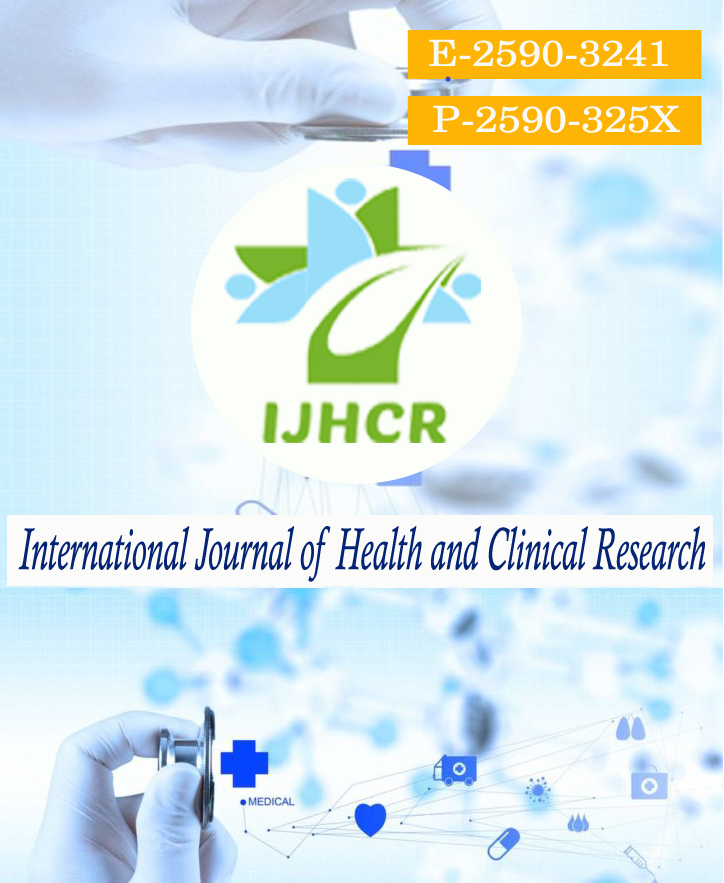Study of clinical profile of open angle glaucoma patients at tertiary care centre
Keywords:
Glaucoma-Intraocular pressure-Primary open angle glaucoma-Secondary open angle glaucoma-Optic neuropathyAbstract
Aim: To do appropriate study of clinical profile of patients with open angle glaucoma. Materials and Methods: Cross-sectional, observational, clinical study over 2 years. 80 patients with open angle glaucoma above 40 years of age underwent thorough ocular examination i.e., visual acuity, intra ocular pressure, fundus examination, gonioscopy, optical coherence tomography (OCT) of optic disc and autoperimetry. Results: 160 eyes of 80 patients were examined. 77.5% patients had primary open angle glaucoma whereas 22.5% had secondary open angle glaucoma. Maximum (42.5%) were in the age group of 51-60 years. 61.25 % were males and 38.75 % were females. Most common chief complaint was painless diminution of vision (54.55%), followed by headache (25%) and eye ache (23.75%). 13.75% were asymptomatic while 7.5% had frequent change of glasses. Most patients presented with more than one symptom. Amongst risk factors, 54.83 % were hypertensive, 35.48% had diabetes mellitus, 19.35% were myopic, 9.67% had positive family history of open angle glaucoma and 4.83% had coronary artery disease, rest 4.83% had no risk factors. Causes of secondary open angle glaucoma were aphakic glaucoma (22.22%) and pseudophakic glaucoma in (22.22%) followed by post vitrectomy glaucoma (16.66 %), post traumatic glaucoma (11.11%), neovascular glaucoma in (11.11%), pseudoexfoliation ( 5.55%), pigment dispersion syndrome (5.55%) and steroid induced glaucoma (5.55%). Conclusion: Early diagnosis and treatment can prevent loss of vision due to glaucoma, so primary health care system should also refer patients with risk factors to the specialists for further evaluation to prevent progression and for further management.
Downloads
Published
How to Cite
Issue
Section
License
Copyright (c) 2021 Rahul Dagwar, Jayshree Gopal Jibhkate, Megha Yadorao Kalam

This work is licensed under a Creative Commons Attribution 4.0 International License.






 All articles published in International Journal of Health and Clinical Research are licensed under a
All articles published in International Journal of Health and Clinical Research are licensed under a 